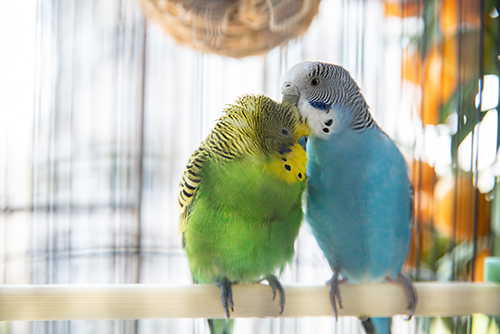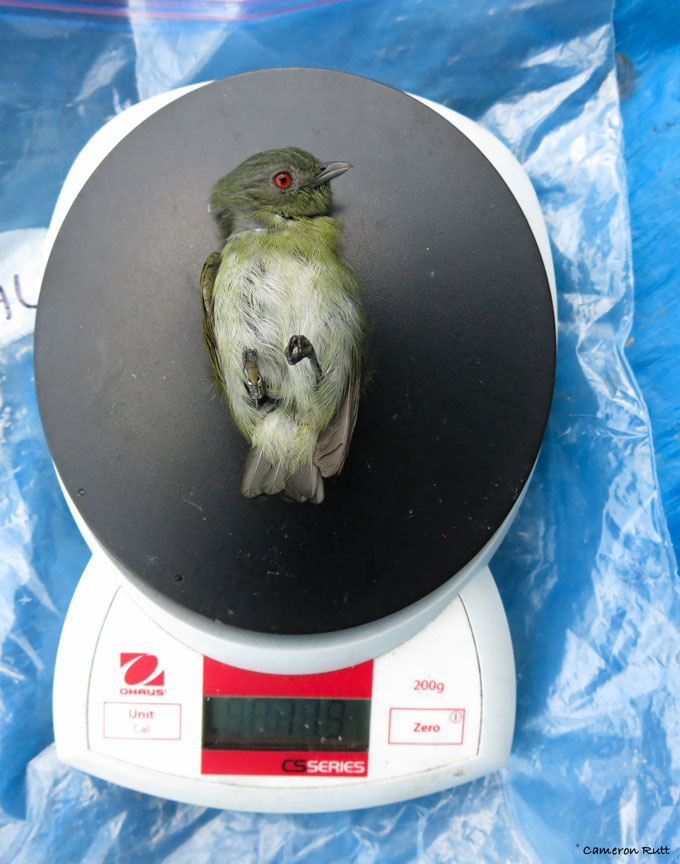

Because of its central role in the vertebrate circadian system and its involvement in seasonal processes of many different taxa, the hormone melatonin is a strong candidate to mediate effects of light-at-night on daily and seasonal rhythms. It has been suggested that light-at-night might alter daylength detection, but we currently do not understand the physiological mechanisms that are involved in this potential process. These effects are not surprising given the importance of light as crucial information for the regulation of both daily and seasonal processes in avian species. In birds, two of the most frequently reported effects of light-at-night are an advanced onset of activity in the morning and an advanced seasonal onset of reproduction. However, in the last decade new interest in this topic has arisen. While the effects of artificial lighting on human health and economy have stimulated a great body of research, the understanding of the potential consequences of light pollution for wildlife had been limited to few and sparse examples. This surely brought economic and social benefits, but in the last decades the negative effects of the exposure to light-at-night have started to become apparent, especially because of the potential implications for humans. More than a century later, the use of artificial light is now widespread and has lead to a dramatic change in the lifestyle of billions of people. In 1879 the first commercially produced light bulb illuminated the streets of New York City. Based on the pattern of melatonin secretion, we suggest that birds responded to light-at-night as if they were exposed to a longer day than birds kept under dark nights. This study points to reduced melatonin release at night as a potential physiological mechanism underlying the advanced onset of morning activity of urbanized birds.

Urban and rural birds responded similarly to light-at-night with respect to melatonin, but differed in their behaviour, with rural birds showing more locomotor activity than urban counterparts.

In winter, the amount of activity before dawn in the light-at-night group correlated with changes in melatonin from midnight to late night: the greater the decrease in melatonin, the greater the amount of pre-dawn activity. Locomotor activity in light-at-night birds was overall higher than in control individuals, both during the day and at night, and it increased sharply before dawn. In summer, melatonin concentrations of the light-at-night birds were lower through all night compared to birds kept in darkness. In winter, melatonin concentrations of light-at-night birds were lower in the early and late night than in those of birds kept in darkness. Daily patterns of melatonin concentrations were clearly affected by light-at-night in both seasons. We obtained diel profiles of plasma melatonin for all birds in summer (July) and winter (January), while simultaneously recording locomotor activity.

The control group was exposed to 0.0001 lux (almost darkness), while the experimental group was exposed to 0.3 lux at night, simulating conditions recorded previously on free-living urban blackbirds. We exposed urban and rural European blackbirds ( Turdus merula) to two light treatments equal in photoperiod but with different light intensities at night. Given its role as chronobiological signal, melatonin is a strong candidate for mediating the effects of light-at-night. In urbanized bird species, light-at-night advances important biological rhythms such as daily cycles of activity/rest and timing of reproduction, but our knowledge of the underlying physiological mechanisms is limited. Artificial light-at-night is known to affect a broad array of behaviours and physiological processes.


 0 kommentar(er)
0 kommentar(er)
